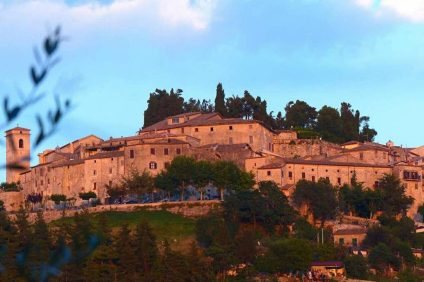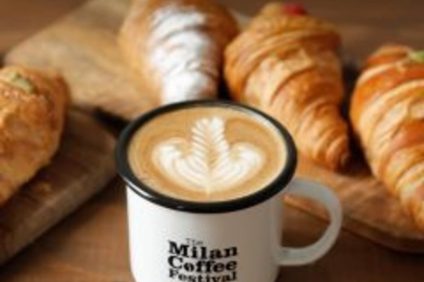Antonio Forcellino, architect, writer and restorer, is considered one of the leading experts of Renaissance Italian. Together with his team, he recently completed the important restoration of the fresco by Raffaello Sanzio "Sibyls and angels", preserved in the Chigi chapel of the church of Santa Maria della Pace, in Rome. The work, which Forcellino performed together with Oliva Muratore, Emanuela Settimi and Maria Milazzi of the Special Superintendence of Archeology, Fine Arts and Landscape of Rome, was created during the celebrations for the 500th anniversary of the death of Raffaello.
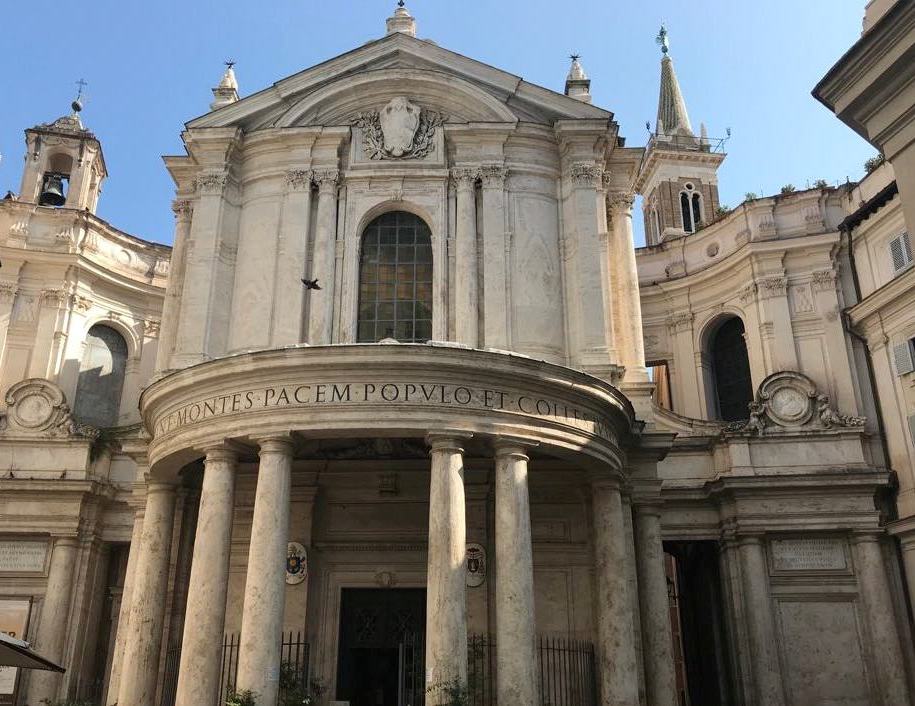
It was an extraordinary job made possible thanks to the support of Lottomatica, which has always been involved in the protection of the Italian artistic heritage: from the Tomb of Julius II in San Pietro in Vincoli in Rome, to the Medici Chapels in Florence. Of this excellent result, the president and CEO of Lottomatica Holding, Fabio Cairoli, said: “The Italian artistic heritage needs to be preserved and enhanced. We are proud to have contributed to the restoration of this important work alongside the institutions, in safeguarding and supporting art and culture ”.

Antonio Forcellino: the details of the fresco
The sublime art of Raffaello Sanzio (Urbino 1483 - Rome 1520), one of the most famous Renaissance painters, who died at the age of 37, continues to amaze over the centuries. What arouses wonder, more than anything else, is not only the great skill with which the artist created his works, but what they still continue to give us in terms of emotions and real revelations. The last, in chronological order, emerged with the restoration of this wonderful fresco, made between 1512 and 1514. And it could even be the last painting by the artist. “Sibyls and angels”, a work strongly desired by the great banker and patron Agostino Chigi, who established a real solidarity pact with the painter from Urbino.
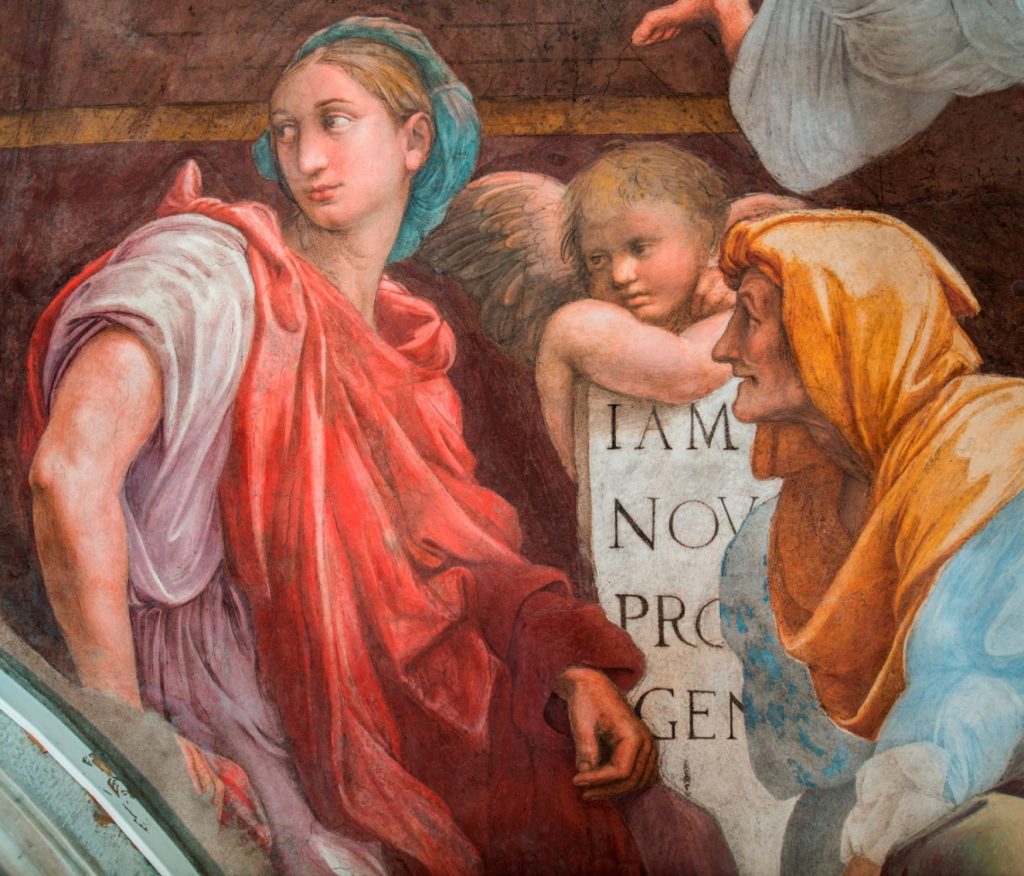
It is Antonio Forcellino himself who affirms it, the one who, in the various phases of the restoration, discovered details hitherto unknown in the fresco. Among these, a grotesque and gold decoration of the pilaster that frames it, previously hidden by the plaster. But what most impressed the restorers were the engravings that Raphael made directly on the work. A detail, the latter confirming the great mastery of the artist.
Antonio Forcellino, scholar of Renaissance art
Antonio Forcellino, born in Vietri sul Mare (Salerno), in 1955, is one of the leading European scholars of Renaissance art. Great master of restoration, his hands have "worked" on masterpieces such as the Moses by Michelangelo, the Arch of Trajan of Benevento, the facades of the Cathedral of Siena and the Cathedral of Orvieto. He was also responsible for the discovery of Michelangelo's autograph of the statue of Pope Julius II.
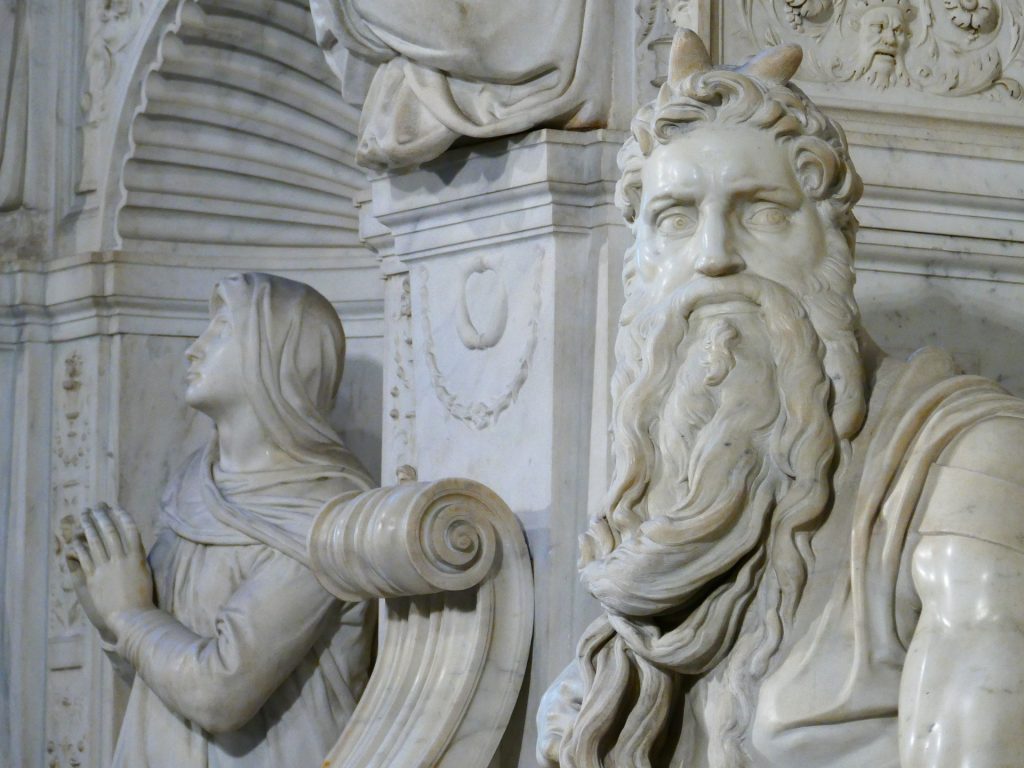
Always attentive to all the richness of making art, to the historical contexts, to the techniques and materials, to the psychological and biographical roots of the great masterpieces, Forcellino was elected a member of the Committee for the celebrations of the 500th anniversary of the death of Leonardo da Vinci, promoted by the Ministry of Cultural Heritage and Activities. But the well-known restorer and architect is also the author of numerous books. Michelangelo Buonarroti. Story of a heretical passion (2002); Raffaello. A happy life (2006); Leonardo. Genius without peace (2016); The last days of the Renaissance (2008); The lost Pieta. Story of a rediscovered masterpiece by Michelangelo (2010); The century of the giants: The marble colossus (2019), to name a few. In this interview, the great master reveals to the readers of Italiani.it the details of Raphael's newly restored masterpiece, and also talks about his love for art and the Renaissance.
Doctor Forcellino, how long did it take for the restoration of the work "Sibyls and angels" and which only, in detail, were the discoveries that it allowed to bring to light?
The works lasted three months, if we exclude the two of the lockdown. The most relevant discovery concerns the pilaster decorated with grotesques, which had been covered in the seventeenth century. It was, in effect, the "introductory" part of the fresco and gave monumentality and three-dimensional spatiality to the painting. The discovery of "direct engravings" around some figures was also very important. Raphael painted them without the help of preparatory cartoons.
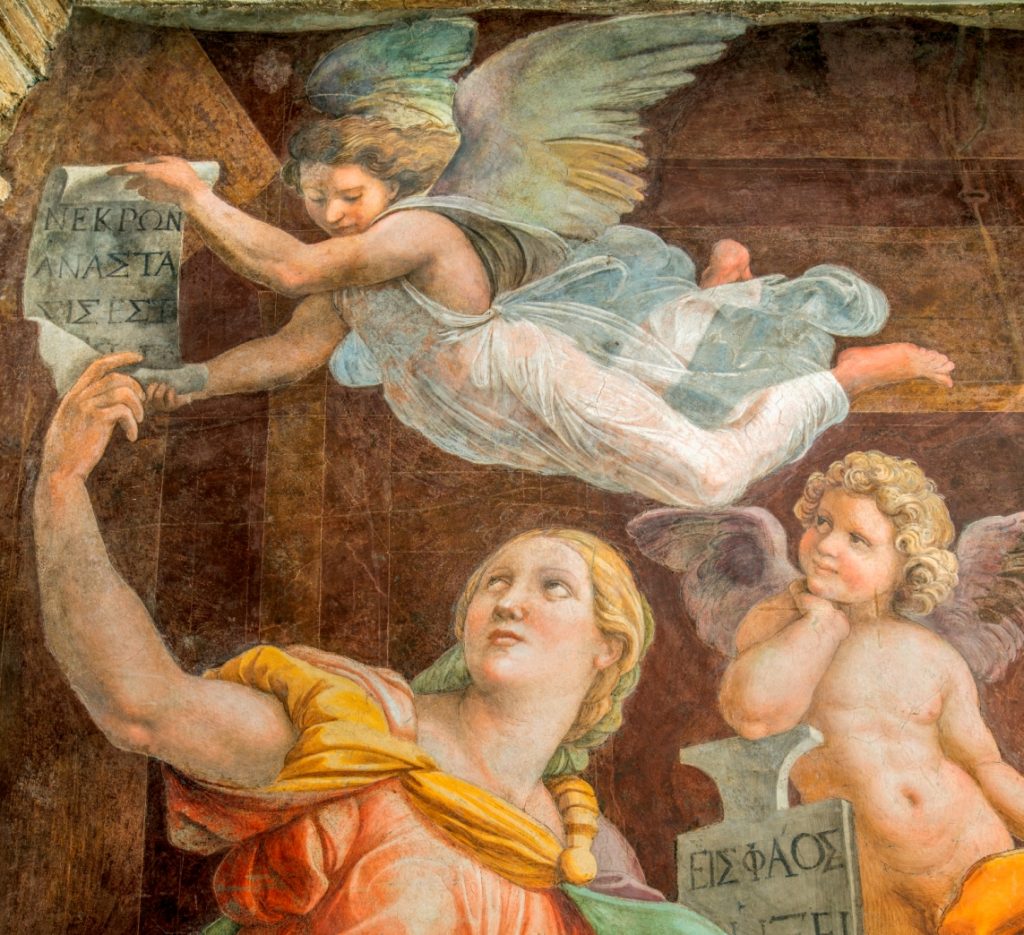
What is the meaning of the painting?
It represents the announcement of Christ's coming to earth and his resurrection. According to the Christian tradition, some Sibyls had predicted the coming of Christ in their responses.
What tools were used to perform the restoration?
The decorations were freed with the help of scalpels which separated the traces of the original pictorial film from the overlaid layers. The consolidations were done with hydraulic mortars. But the real tool used in this restoration was the critical judgment, which prompted to investigate the pilaster. While I was writing my latest novel on Raphael, "The pearl clip", I sensed that the artist had done a much more important job for his client and friend Agostino Chigi, so I planned a restoration that was also cognitive.

Raphael, painter and great innovator
You are the author of numerous books dedicated to the great masters of Italian art. Which artist do you feel most attached to?
It is perhaps Raphael, due to his ability to turn everything for the better. Raphael is a man who glimpses a happy and perfect world, and hands it over to us. This is a priceless gift. I am also very attached to him because, today, he is the least known to the general public. Everyone thinks he was just a good painter. Few people know that he was a great innovator and, in some respects, he revolutionized painting and the way of conceiving it.
The courage of the Renaissance
The trilogy “The century of the giants” is dedicated to the greats of the Renaissance. What characteristics do the characters who inspired you have in common?
The artists whose biography I wrote, and around whom I set my trilogy “The century of the Giants”, have in common an extraordinary ambition, a desire and ability to go beyond the limit before which other men stop. Leonardo, Michelangelo and Raphael were able to explore territories unknown to others and they also did so in strong competition with each other. A competition that should be considered positively as a stimulus to overcome and improve the research of contemporaries. I believe that this boundless ambition, this superhuman courage, is the hallmark of our Renaissance. Not only of the artists, but also of the clients and, in general, of the Italian ruling class. Factors that are completely lacking in today's Italian society.
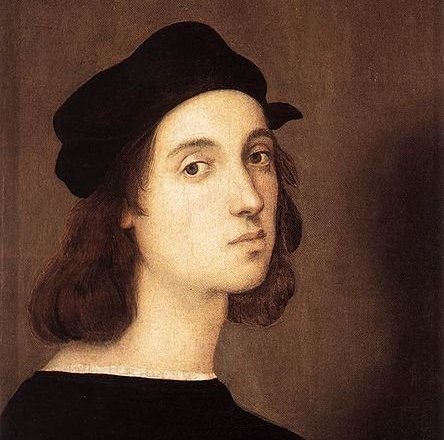
He also restored Michelangelo's Moses. What did that experience give you?
I remember the fascination of the discovery of secrets related to the parts that are not very visible from below. That experience gave me the privilege of entering a world closed to all others.
What other work would you like to restore?
I would like to restore the pulpit of the Siena Cathedral, because I don't like how it has been restored and I think it deserves more attention and intelligence. Today it appears very decompensated and the complex sculptural narration appears mortified.
What is art for you?
Art for me is the wonderful world where I had the privilege of living my daily life. Art is the sublime coldness of marble, the color revealed by a cleaning on a fresco and the stimuli offered to the world that produced these works. In short, for me art is everyday life. It is the greatest privilege a man can have.
(Photo: Andrea Jemolo; Roma Capitale Facebook page)


